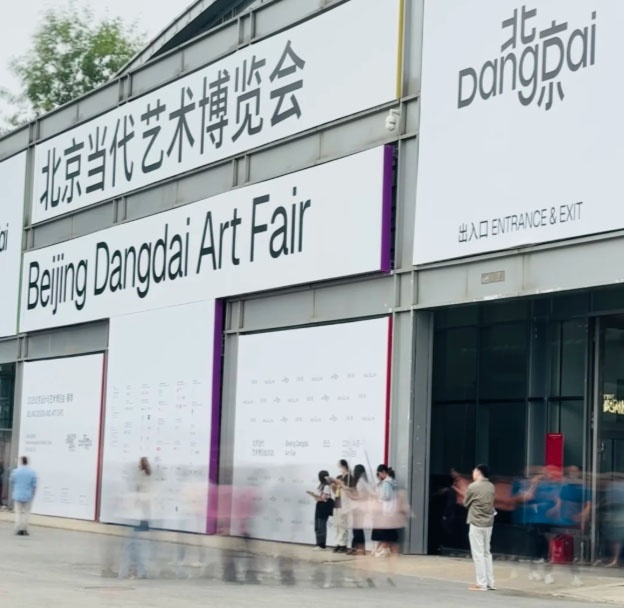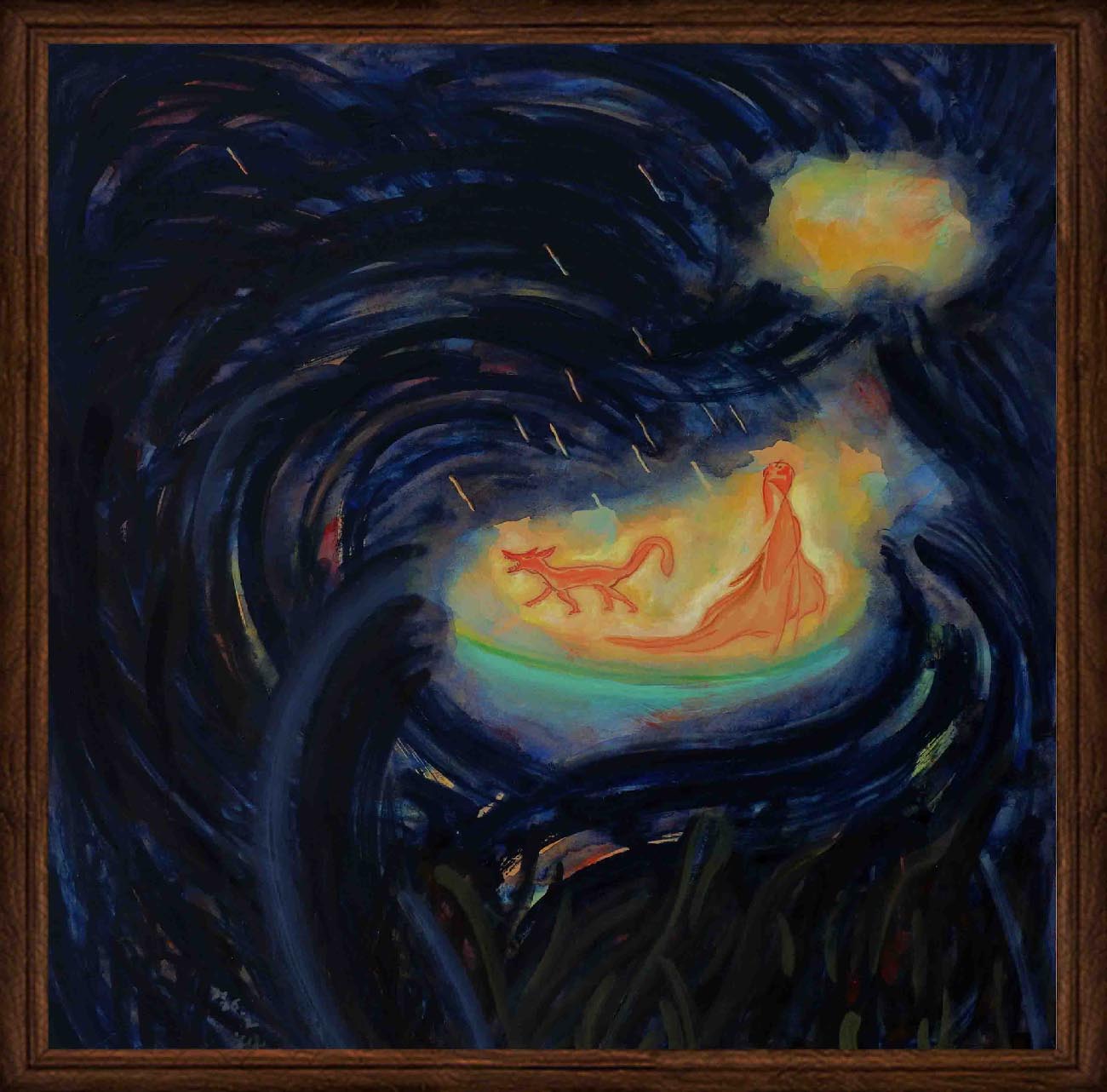In recent years, Chinese contemporary oil painting has emerged as one of the most compelling forces in the international art landscape. The younger generation of artists—many trained in prestigious institutions such as the Central Academy of Fine Arts (CAFA) and the China Academy of Art—is redefining visual language through personal expression and global sensibility. Their works reflect not only aesthetic experimentation but also a broader dialogue between Chinese cultural identity and modern society. This new generation is reshaping what Chinese art means to both domestic and international collectors.

The evolution of oil painting in China is deeply intertwined with the nation’s historical and cultural transformations. From the early influences of Russian Realism to the later introduction of Western modernist approaches, Chinese artists have continuously absorbed and transformed global styles into unique visual narratives. After the reform era, figures such as Yue Minjun, Zhang Xiaogang, and Zeng Fanzhi brought Chinese contemporary painting to the attention of major international collectors. Today’s emerging artists inherit that legacy while asserting a distinct generational voice that blends realism, abstraction, and cultural commentary.
The rapid growth of China’s art market has been paralleled by the rise of a younger, globally connected collector class. Many of these collectors are educated abroad, frequenting art fairs such as Art Basel Hong Kong and West Bund Art & Design. They favor authenticity, experimentation, and emotional resonance over established names. Online platforms like Artsy and Sotheby’s have made it easier than ever for collectors to discover emerging Chinese artists. This shift represents not just market diversification but a cultural democratization of art appreciation in China.
The visibility of Chinese contemporary oil painting has been reinforced by global institutions and exhibitions. Shows at venues such as the Museum of Modern Art (MoMA), the Tate Modern, and the UCCA Center for Contemporary Art have introduced these artists to an international audience. Moreover, publications like Artforum and Frieze increasingly feature in-depth analyses of Chinese painters’ contributions to global discourse. Institutional validation has solidified Chinese oil painting as an essential part of the global art conversation.
The emerging generation’s themes often revolve around personal identity, urban transformation, and cultural displacement. While earlier artists reflected collective memory, today’s painters explore solitude, digital consciousness, and emotional ambiguity. Many draw from Chinese philosophy and literature while embracing international aesthetics. The coexistence of minimalism and vivid symbolism forms a visual dialect unique to this generation. The diversity of subject matter marks a departure from grand narratives toward more introspective artistic inquiry.
According to reports from Artprice and Artnet, interest in Chinese contemporary painting continues to rise, especially among international buyers seeking fresh perspectives. While established masters remain stable investments, younger artists now attract attention for their innovation and narrative power. Many private museums and online collectors’ platforms have begun acquiring these works early, recognizing their long-term cultural and financial value. Investing in new-generation Chinese oil painting offers not only economic potential but also a chance to support cultural evolution.
As globalization reshapes art’s ecosystem, the next phase for Chinese oil painting will lie in collaboration and cross-cultural exchange. Digital exhibitions, blockchain authentication, and metaverse galleries are already expanding visibility for young artists. The new generation’s challenge is to sustain authenticity while engaging with an increasingly digitized world. Chinese contemporary oil painting stands at the intersection of technology, identity, and tradition—poised for global relevance.
For collectors and art enthusiasts seeking to experience the vitality of emerging Chinese oil painting firsthand, artphiloso.com presents a curated selection of original works that embody this evolving dialogue between tradition and modernity. Each painting reflects an individual artistic inquiry shaped by color, emotion, and cultural context—offering a direct connection to the sensibility of China’s new generation of artists. By engaging with these works, viewers participate in the same conversation that defines the contemporary Chinese art movement today.
Hi, I’m Philo, a Chinese artist passionate about blending traditional Asian art with contemporary expressions. Through Artphiloso, my artist website, I share my journey and creations—from figurative painting and figure painting to floral oil painting and painting on landscape. You'll also find ideas for home decorating with paint and more.

1. What defines the new generation of Chinese oil painters?
They are artists combining traditional techniques with global aesthetics, emphasizing personal narratives and experimentation.
2. Why are collectors increasingly drawn to Chinese contemporary art?
Because it reflects both cultural authenticity and international dialogue, offering unique investment and aesthetic value.
3. Which platforms are best for discovering emerging Chinese artists?
Reputable sources include Artsy, Sotheby’s, and independent sites like ArtPhiloso that curate original works.
4. How does the global art market view young Chinese painters?
Leading institutions and critics recognize them as central to the contemporary art dialogue, citing their technical strength and conceptual depth.
5. What makes collecting from this new generation a meaningful act?
It supports cultural continuity, personal expression, and the evolution of artistic identity in modern China.
